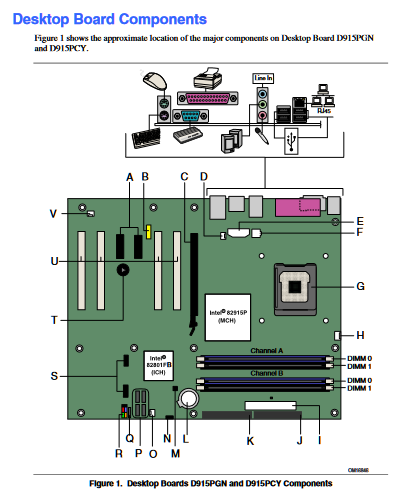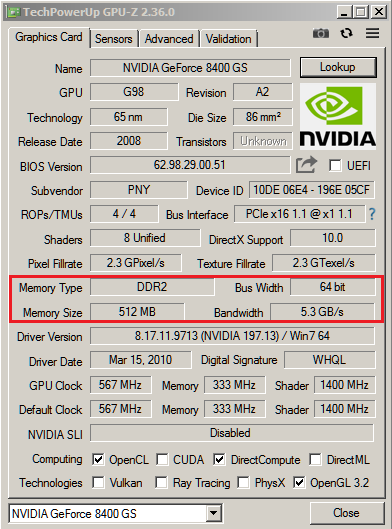Here’s a tough one for all you senior experts:
I’ve converted an aging Intel D915PGN motherboard to a backup storage server, and very recently installed a trial OEM copy of Windows 7 Ultimate 64-bit.
That fresh install completed successfully, even though only 2,048 MB of RAM was installed.
The motherboard, video card, Gigabit Intel PCI NIC, 2 x RAID controllers and all attached HDDs and SSDs appear to be working fine.
Most recently, I added 2 more GB of Corsair DDR-400, for a new total of 4,096 MB.
The newer RAM has slightly slower SPD timings, but I believe the chipset simply runs all DIMMs at the slower SPD timing: 3-4-4-8 vs. 3-3-3-8
CPU-Z confirms 4 x DIMMs of DDR-400 running at 200 MHz with SPD settings of 3-4-4-8 .
I ran Windows Memory Diagnostics and it found no errors.
Here are the symptoms:
during POST, the mobo BIOS reports:
“Memory consumed by system resources: 1024 MB”
upon reaching the Windows 7 Desktop, Resource Monitor reports:
Installed: 4096 MB
Hardware Reserved: 1027 MB
Total: 3069 MB
Windows Task Manager also reports the same “Total: 3069 MB”
I tried disabling all of the on-board features that I don’t need, such as the slower RJ-45 port, USB ports, parallel and serial ports, etc. But, these changes made no difference.
It just seems rather excessive that the motherboard BIOS would assign roughly one-fourth of the total physical RAM installed even BEFORE launching the OS.
There may be a newer BIOS for that motherboard, but Intel stopped building motherboards a long time ago, so it’s not likely that I should even try to request their help.










